Creating a Thriving Hybrid Office Environment
Hybrid work models present an opportunity to rethink and reconfigure office spaces for enhanced flexibility, efficiency, and employee engagement. Below are expanded insights into setting up a successful hybrid workspace.
Strategic Office Layouts and Design
Pros:
Adaptable Spaces: Utilizing movable partitions and flexible workspace layouts can quickly adapt to fluctuating in-office team sizes and project requirements, ensuring efficient use of space at all times.
Biophilic Design Elements: Incorporating natural light, plants, and outdoor views can improve mental health and productivity, making the office a more inviting place for employees who primarily work from home.
Cons:
Design Complexity: Creating a space that is both flexible for hybrid work and conducive to productivity can require more intricate planning and potentially higher initial design costs.
Over-Reliance on Flexible Seating: Without proper management, hot-desking and shared spaces might lead to conflicts over workspace preferences among employees.
Technology Integration for Seamless Workflows
Pros:
Cloud-Based Collaboration: Emphasizing cloud technologies ensures that all team members have access to the necessary documents and resources, regardless of their physical location, fostering a unified workflow.
Advanced Booking Systems: Implementing room and desk booking software enables efficient use of office space and resources, reducing wasted space and ensuring that employees can find a workspace or meeting room when needed.
Cons:
Technology Learning Curve: Introducing new software and systems requires training and adjustment time, which might temporarily disrupt established workflows.
Data Security Challenges: More devices and remote access points can increase vulnerability to data breaches, necessitating robust cybersecurity measures.
Prioritizing Health and Well-being in Design
Pros:
Ergonomic Workspaces: Investing in ergonomic office furniture and equipment supports physical well-being, reducing the risk of strain and injury for employees.
Mental Health Support Spaces: Dedicated areas for relaxation, meditation, or informal gatherings can significantly enhance employee mental health and foster a supportive community culture.
Cons:
Space Allocation: Allocating space for well-being areas might reduce the available area for traditional workstations, necessitating a careful balance in planning.
Underutilization Risk: Without active promotion and engagement, wellness areas might be underused, making them less cost-effective.
Building a Community in a Hybrid Setting
Pros:
Enhanced Employee Engagement: Regularly scheduled in-office events and activities can strengthen team bonds and improve engagement, making the days employees spend in the office more impactful.
Flexible Scheduling Tools: Using scheduling software to coordinate in-office days for different teams or departments can maximize collaborative opportunities and optimize space usage.
Cons:
Coordination Complexity: Managing a rotating schedule of in-office presence requires diligent planning and communication to ensure effectiveness.
Potential for Isolation: Employees primarily working remotely might feel disconnected from the company culture and colleagues, emphasizing the need for proactive engagement strategies.
Implementing a Holistic Approach
Successfully transitioning to a hybrid work model necessitates a holistic approach that considers physical space, technology, employee well-being, and community building. It involves continuous feedback loops with employees to understand their needs and preferences, ensuring the hybrid model evolves in a way that maximizes productivity, collaboration, and satisfaction. By prioritizing flexibility, inclusivity, and well-being, companies can create a hybrid office space that not only meets the challenges of today but is also prepared for the future of work.





